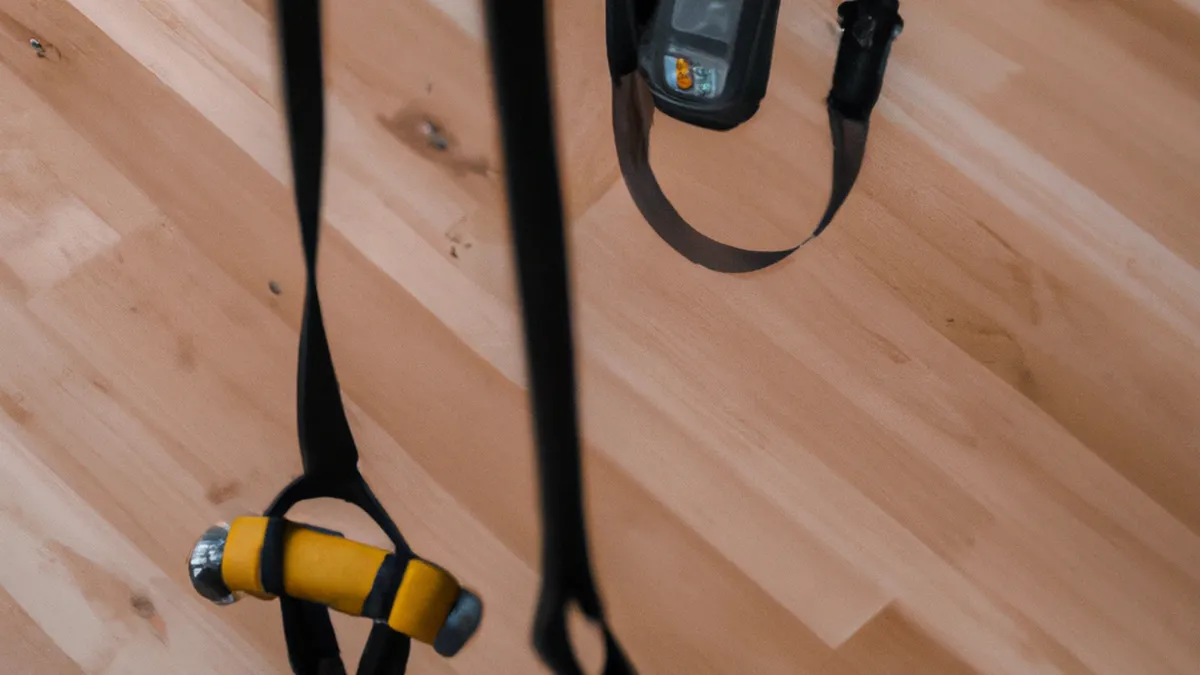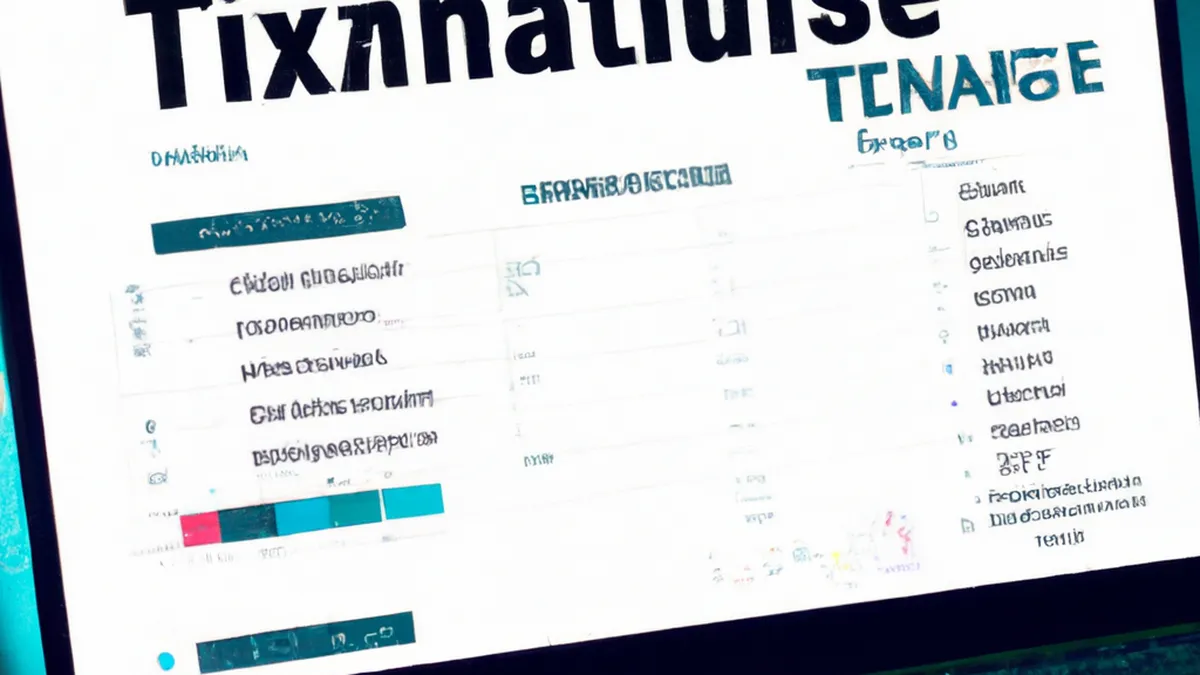Recovery Revolution: Using Ice for Inflammation
Cold Therapy for Inflammation Reduction: A Comprehensive GuideCold therapy, or cryotherapy, has become popular among athletes and those with inflammation-related conditions. This technique uses low temperatures to relieve pain, reduce swelling, and speed up recovery. Understanding cold therapy’s mechanisms, benefits, and application methods can enhance your well-being.
How Cold Therapy Works
Cold therapy primarily works through vasoconstriction. Blood vessels constrict in response to cold temperatures, reducing blood flow to the affected area. This reaction limits swelling and inflammation. Applying cold therapy to an injury or sore muscle creates temporary numbness for immediate pain relief. The cold also decreases metabolic activity in tissues, helping to lessen inflammation.You can use cold therapy effectively for acute injuries like sprains or chronic conditions like arthritis. While effects can be immediate, regular use leads to long-term improvements in pain management and recovery.
Methods of Cold Therapy
As an Amazon Associate I earn from qualifying purchases.
Gear tip: consider lapel microphone, ice bath tub, and waterproof thermometer to support this topic.
You can apply cold therapy in several ways, each with unique advantages:
1. Ice Packs
Ice packs serve as a common cold therapy method. Wrap an ice pack in a thin cloth before applying it to the skin. This prevents frostbite while allowing cold penetration. Ice packs effectively target localized pain.
2. Cold Compresses
Cold compresses are versatile and can cover larger body areas. Typically, they consist of gel-filled material that chills in the freezer. These compresses effectively treat larger muscle groups, such as the back or thighs, especially after strenuous exercise.
3. Ice Baths
Ice baths involve immersing your body in cold water or ice-filled tubs. Athletes commonly use this method to reduce muscle soreness after intense workouts. Ice baths lower inflammation and enhance recovery by improving circulation as the body warms up afterward.
4. Cryotherapy Chambers
Cryotherapy chambers expose the body to extremely cold air, typically below -200°F or -129°C, for three to five minutes. Although this method can be more expensive and less accessible than traditional ice packs, it offers full-body treatment that enhances recovery and improves mental clarity.
Best Practices for Cold Therapy
To maximize cold therapy effectiveness, follow these best practices:
1. Timing is Key
Apply cold therapy immediately after an injury. This timing prevents excessive swelling and minimizes pain. For chronic inflammation, use cold therapy regularly after workouts to manage ongoing discomfort.
2. Limit Application
Limit each cold therapy session to 15-20 minutes. This prevents skin damage and provides effective relief. Allow your skin to warm up between sessions.
3. Stay Hydrated
Drink water before and after cold therapy sessions. Hydration supports recovery and enhances overall well-being.
Conclusion
Cold therapy effectively reduces inflammation and alleviates pain. By understanding and applying these methods, you can improve your recovery and overall health.
Below are related products based on this post:
FAQ
What is cold therapy?
Cold therapy, or cryotherapy, uses low temperatures to relieve pain, reduce swelling, and speed up recovery. It is popular among athletes and individuals with inflammation-related conditions. The technique primarily works through vasoconstriction, which limits blood flow to affected areas.
How should cold therapy be applied?
Cold therapy can be applied using methods such as ice packs, cold compresses, ice baths, and cryotherapy chambers. Each method has unique advantages, allowing for targeted relief or full-body treatment. It is important to wrap ice packs in cloth to prevent frostbite and to limit application time.
When is the best time to use cold therapy?
The best time to apply cold therapy is immediately after an injury to prevent swelling and minimize pain. For chronic inflammation, regular use after workouts can help manage ongoing discomfort. Staying hydrated before and after sessions also supports recovery.















Post Comment